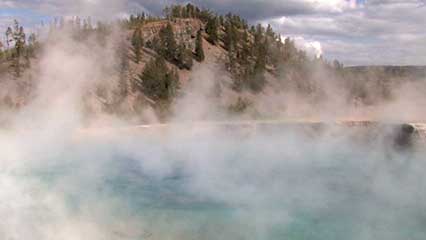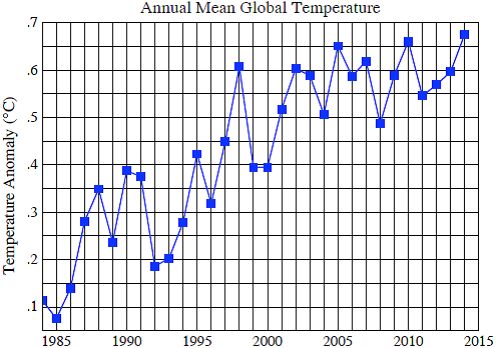Water Vapor
We actually received a phone call from a reader who seriously took issue with Bill Britton’s article last week on CO2 or carbon being one of the main culprits on greenhouse gas and climate change.
Her concern was that Mr. Britton failed to mention the serious effect of water vapor. She was agitated and as we talked it was wonderful, as well, to talk about other subjects.
Here is Mr. Britton’s response to her concerns:
“It’s true that water vapor is the largest contributor to Earth’s greenhouse effect. On average, it probably accounts for about 60% of the warming effect. However, water vapor does not control changes in Earth’s temperature, but is instead controlled by the temperature. The greenhouse effect that has maintained Earth’s temperature at a level warm enough for human civilization to develop over the past several millennia is, in turn, controlled by non-condensable gases, mainly carbon dioxide (CO2), with smaller contributions from methane and other gases. Because these gases are not condensable at atmospheric temperatures and pressures, the atmosphere can pack in much more of these gases.
CO2 has been building up in the atmosphere since the Industrial Revolution when we began burning large amounts of fossil fuel. If there had been no increase in the amounts of non-condensable greenhouse gases, the amount of water vapor in the atmosphere would not have changed (with all other variables remaining the same). The addition of the non-condensable gases causes the temperature to increase and this leads to an increase in water vapor that further increases the temperature. This is an example of a positive feedback effect.
There have been claims over the past several years that global warming has stopped. However, the Goddard Institute for Space Studies and other research institutions have found that earlier data was misinterpreted and that “. . . there is no ‘hiatus’ of global warming, only a moderate slowdown since 2000” (http://csas.ei.columbia.edu/2015/01/16/global-temperature-in-2014-and-2015/). See the table below showing year-to-year changes.

